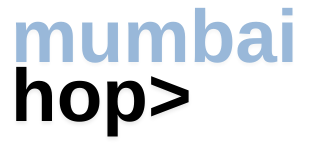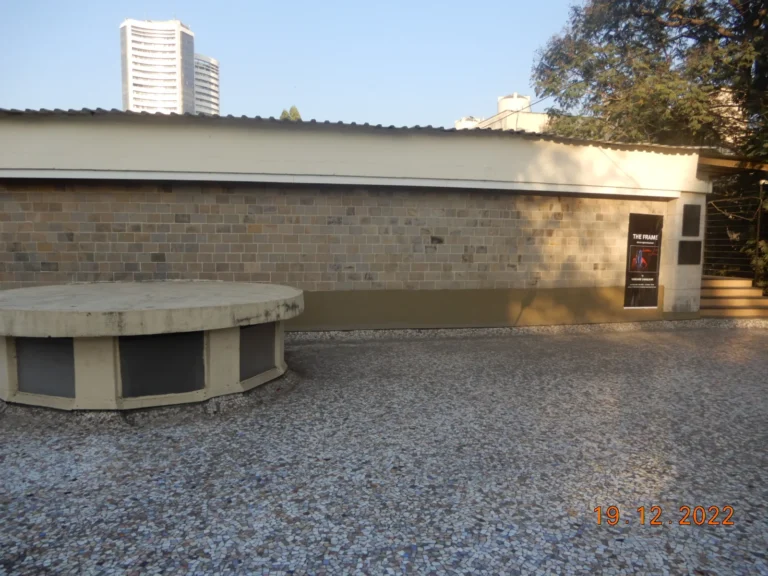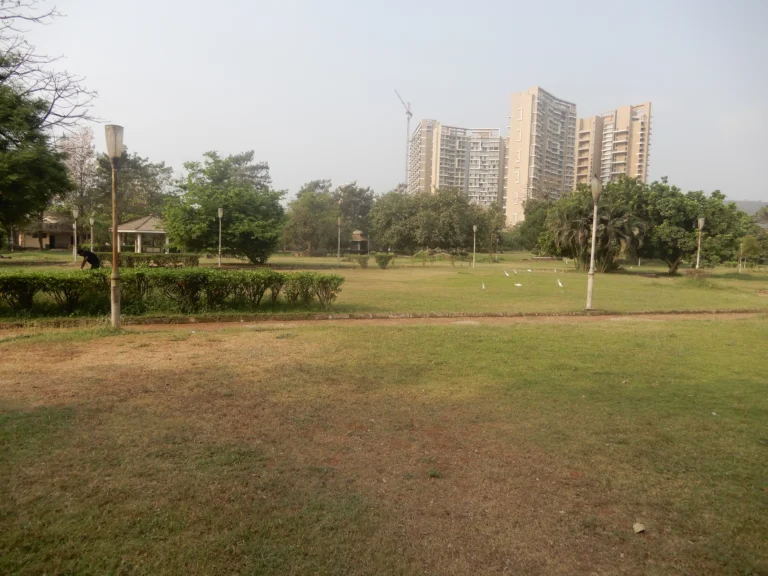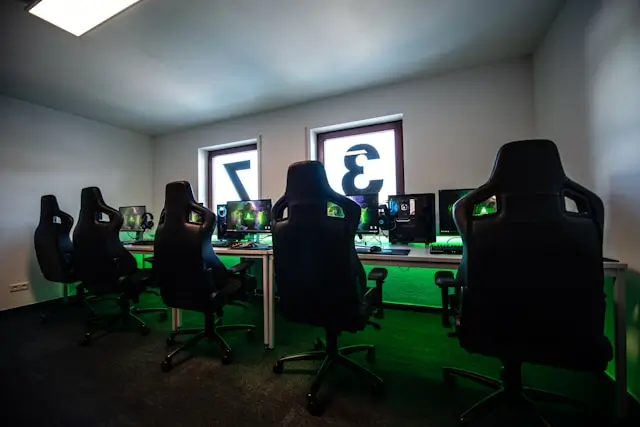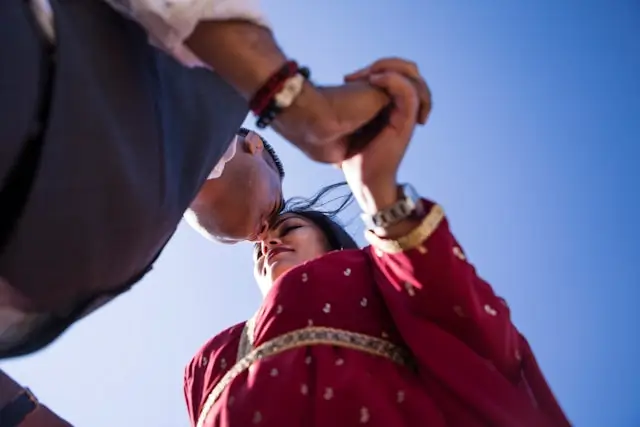Best Time to Visit Mumbai: Weather, Festivals & More
If you’re planning to visit Mumbai and not sure when to come, let me tell you this—timing matters. This city is full of energy all year round, but there are certain times when you’ll actually enjoy it more. I’ve seen tourists come here in the wrong season and end up either drenched in rain or sweating buckets. And trust me, Mumbai heat is no joke.
The best time to visit Mumbai is from November to February. The weather is cool, pleasant, and just perfect for roaming around the city, going to beaches, eating street food, and exploring places like Marine Drive, Gateway of India, or even walking around Colaba. But that’s not the only thing. There are some amazing festivals and events that happen around this time. So if you’re coming here, plan smart.
Understanding Mumbai Weather
Let’s start with the basics—Mumbai weather. It plays a big role in your experience. Mumbai has three main seasons: summer, monsoon, and winter. There’s no snow or freezing cold here. It’s a coastal city, so it’s mostly hot and humid.
Summer (March to June) – This is not a good time to come. The temperature can go up to 38-40°C. Add humidity to that and it feels worse. You’ll be sweating even if you’re just standing under a fan. If you’re not used to this kind of heat, you’ll get tired very fast. Even locals avoid roaming around too much during afternoons.
Monsoon (June to September) – Now this might sound romantic if you’re thinking about Bollywood scenes, but in real life, it’s tough. It rains heavily. I’m talking about roads flooding, trains getting delayed, and people walking with their pants folded up. If you’re not used to this, you might get frustrated. Yes, the greenery looks fresh, and yes, it cools down the temperature a bit, but it also slows everything down. You can’t plan sightseeing in this season.
Winter (November to February) – This is the best season. It’s not cold like North India, but it’s cool enough to walk around comfortably. The average temperature is between 18°C to 28°C. No heavy jackets needed. Just a light sweater at night maybe. The sky is clear, the air feels fresh, and the city feels more alive. Trust me, this is the right time to visit.
Festivals That Make Mumbai Special
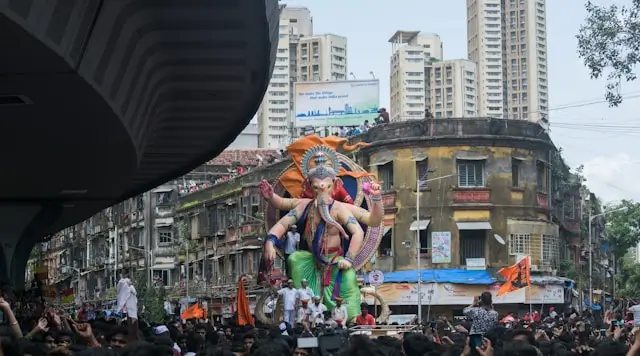
Mumbai is not just about weather. It’s about vibes. And festivals bring out the best of this city. If you plan your trip around any of these festivals, you’ll get to see the real Mumbai spirit.
Ganesh Chaturthi (August-September) – If you ask me, this is Mumbai’s biggest festival. It’s not just religious, it’s emotional. You’ll see huge idols of Lord Ganesha, loud dhols, dance on the roads, and people celebrating like there’s no tomorrow. Even if you’re not from the same background, you’ll enjoy the energy. Just keep in mind, it usually rains during this time.
Diwali (October-November) – Mumbai lights up during Diwali. Literally. Houses are decorated, streets have lights, shops give discounts, and there are firecrackers everywhere. The weather also starts cooling down during this time. Good time to shop, eat sweets, and take some nice photos.
Kala Ghoda Arts Festival (February) – If you’re into art, music, books, or just want to see a different side of Mumbai, this festival is worth checking out. It happens in South Mumbai. You’ll see street performances, stalls, workshops, and a very chilled-out crowd.
Mumbai Marathon (January) – Even if you don’t run, this is fun to watch. People of all ages participate, and there’s music, cheer squads, and a lot of positivity in the air. It’s one of the few days when the roads are free from traffic!
Peak Tourist Time vs Off-Season
From what I’ve seen, most tourists come between November and February. That’s the peak season. You’ll find more foreign visitors, hotel rates are a bit high, and tourist places are a bit crowded. But the experience is worth it.
Now, off-season is mostly during the monsoon and early summer. If you want cheap hotel rates and fewer crowds, you can come in March or October. But like I said earlier, the heat or humidity might bother you. So decide what matters more—your comfort or your budget.
What to Wear Depending on Season
This might sound basic, but many people come here wearing the wrong kind of clothes and then suffer. So here’s a simple breakdown:
Summer – Light cotton clothes. Avoid dark colours. Carry a cap or scarf, and wear sandals or floaters. Don’t forget sunscreen.
Monsoon – Quick-dry clothes. Carry an umbrella or raincoat. Avoid jeans because they take time to dry. Wear waterproof sandals or shoes with grip.
Winter – Light full-sleeve clothes are enough. Maybe one sweater for early mornings or late nights. Shoes or sneakers are good.
Beaches and Outdoor Spots

If you’re coming to Mumbai, I’m sure you’ll want to see places like Juhu Beach, Marine Drive, or Sanjay Gandhi National Park. All of these are best enjoyed in dry and cool weather. So if you come between November and February, you can sit on the beach, eat bhel puri, and just relax.
During monsoon, the sea gets rough. Beaches are often closed or dangerous. Even Marine Drive looks nice during light rain, but heavy rain can spoil everything.
Food Experience – Depends on Season Too
Mumbai’s street food is something you should not miss. But again, the season affects your experience.
In summer, eating pani puri or vada pav on a hot afternoon is not a good idea. You’ll just feel more dehydrated. In monsoon, there’s a risk of water-borne infections, especially if the hygiene is not great. That leaves winter. In winter, you can enjoy all the food without worrying too much. Try pav bhaji at Juhu Beach, misal pav, or cutting chai at roadside stalls. It just hits different in cool weather.
Travel and Traffic

Let me be honest, Mumbai traffic is bad all year round. But it gets worse in the rainy season. Waterlogging, potholes, and delayed trains are common. That’s why winter is not just pleasant, but practical too. Auto rickshaws, cabs, local trains, and metros work smoothly in dry weather. You’ll reach places faster and won’t be stuck as much.
Also, during peak summer, you won’t feel like waiting at stations or standing in a queue because of the heat. That’s another reason why winter makes sense.
Events, Exhibitions, and Sales
Many events happen in Mumbai between November and February. Exhibitions at BKC, shopping fairs, lit fests, and even concerts. If you like fashion or books or gadgets, you’ll find something happening. Also, many shopping malls and markets have sales during this time, especially in December and January.
And if you’re into Bollywood, December is when many films release, and you might even spot a celebrity at a movie theatre or restaurant.
Local Tip from Me
If you’re coming for the first time, try to keep at least 4-5 days in hand. Mumbai is not a city you can cover in a hurry. Plan your mornings for sightseeing, afternoons for eating, evenings for chilling near the sea, and nights for relaxing at your hotel or going out for dinner. Don’t try to fit too much into one day. Mumbai is not about rushing, it’s about soaking in the experience.
And if you’re a fan of photography, come in January or February. The light is perfect, the skies are clear, and you’ll get some amazing shots whether you’re at Bandra Fort, Colaba, or just walking on the street.
Summary
So, when’s the best time to visit Mumbai? It’s clearly November to February. The weather is pleasant, festivals are in full swing, food feels better, and even traffic is manageable. If you come during summer or monsoon, you might still enjoy, but you’ll have to adjust a lot. So if you’re planning a holiday, set your dates smartly.
If you still have any questions about the city, timings, or anything else, just drop a comment below. I’ll try to help you out like a good Mumbai friend.
